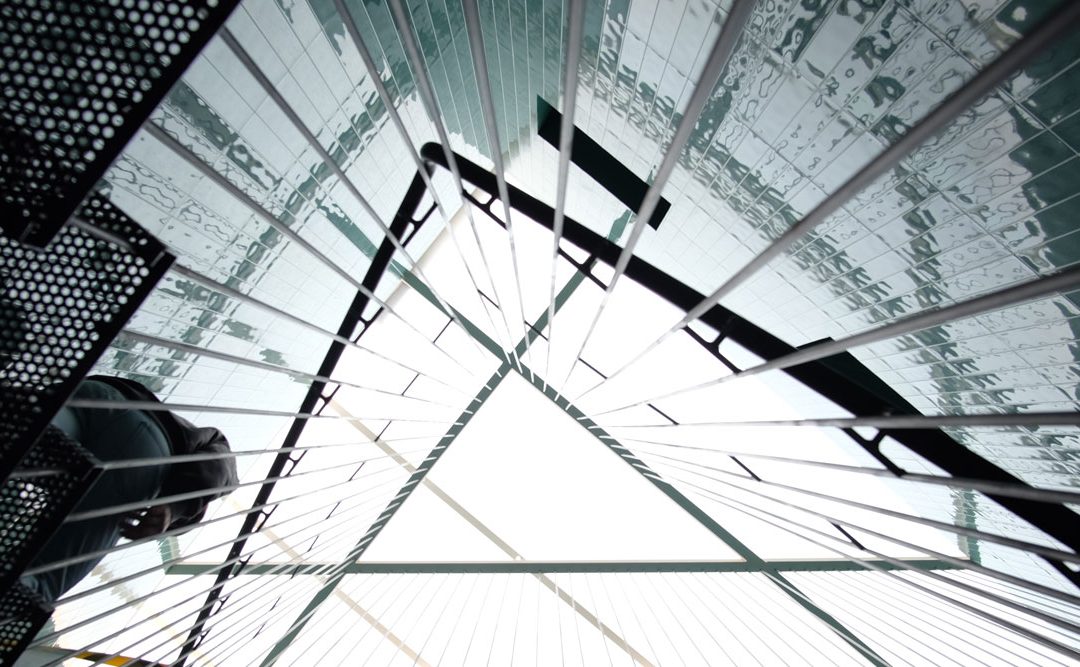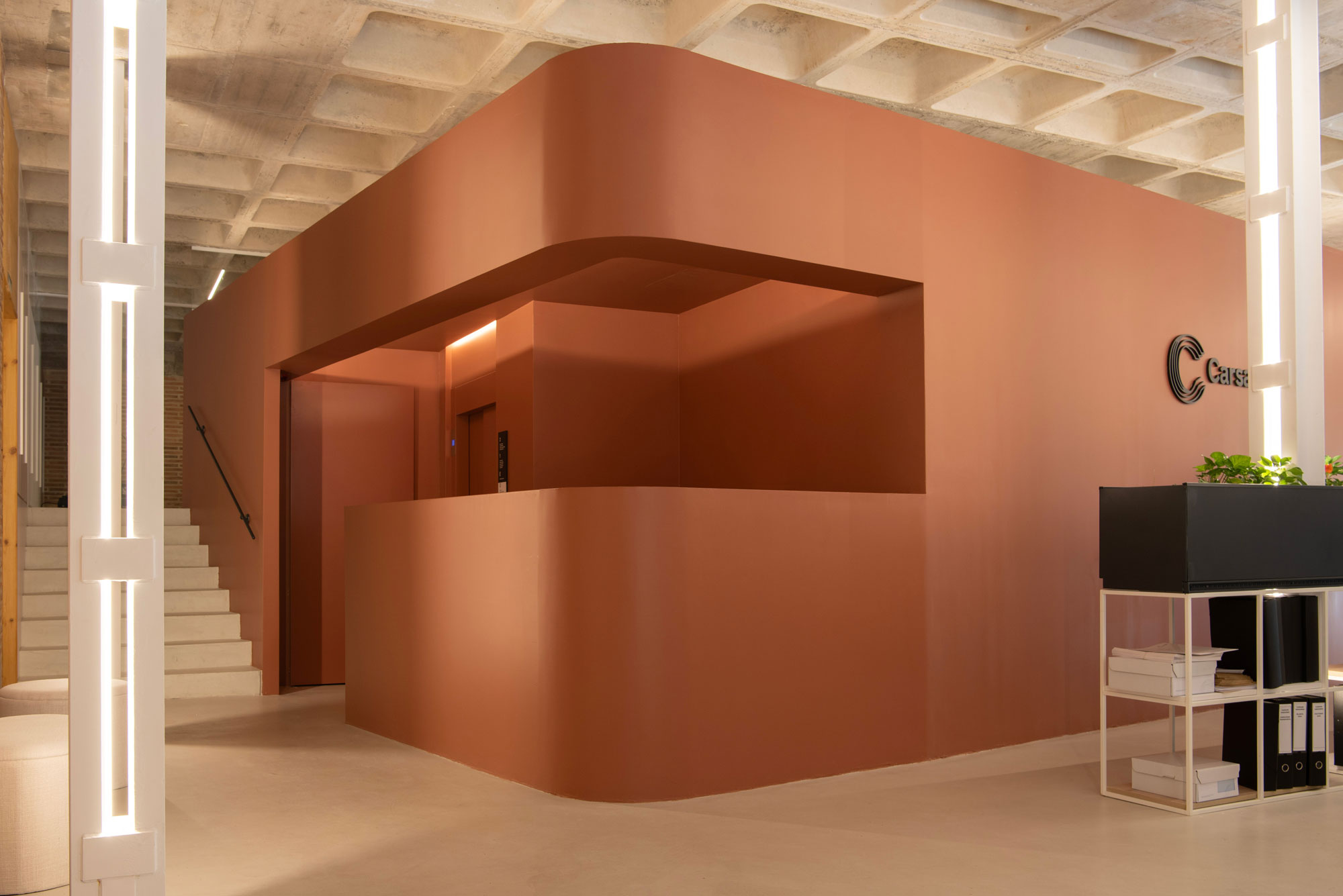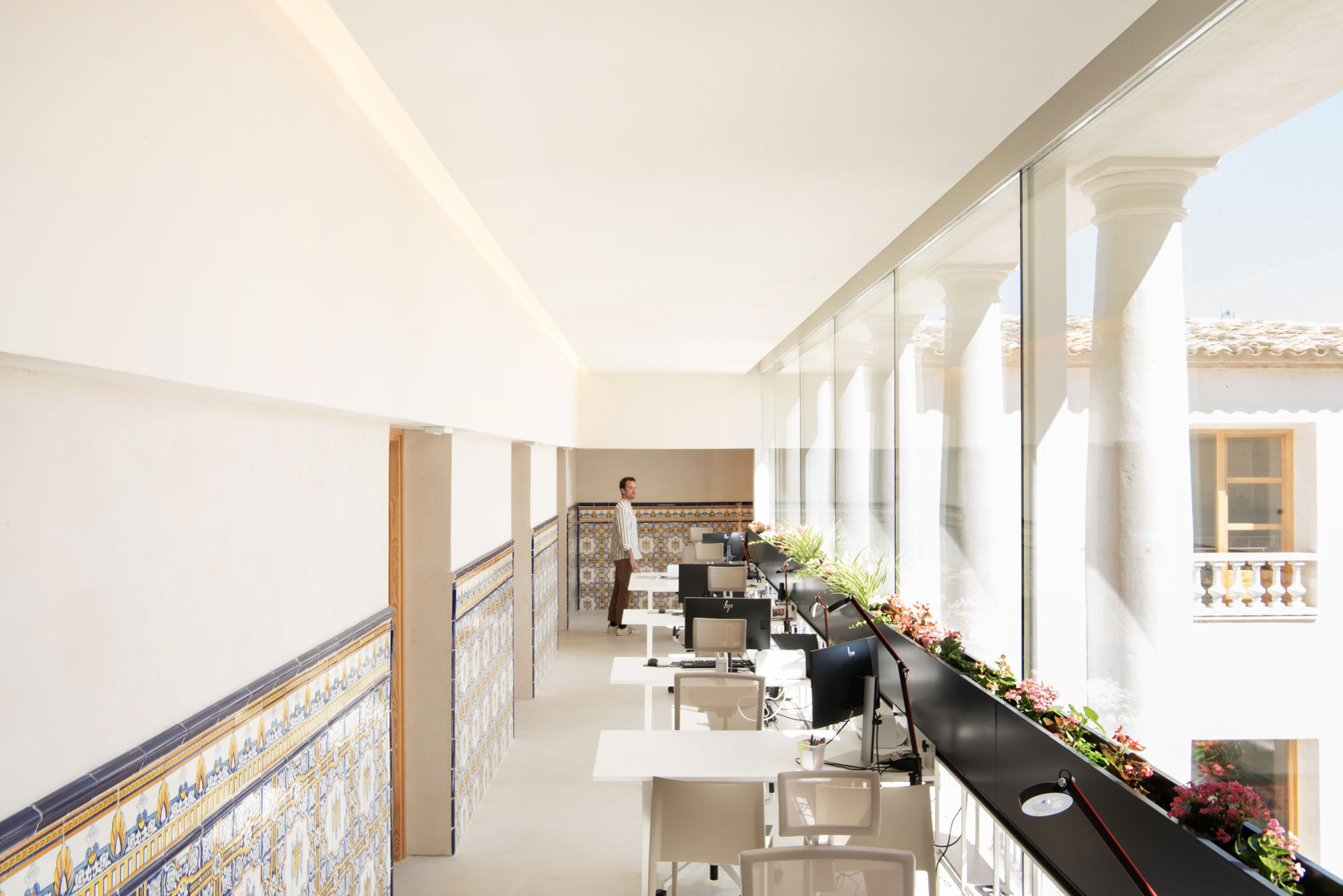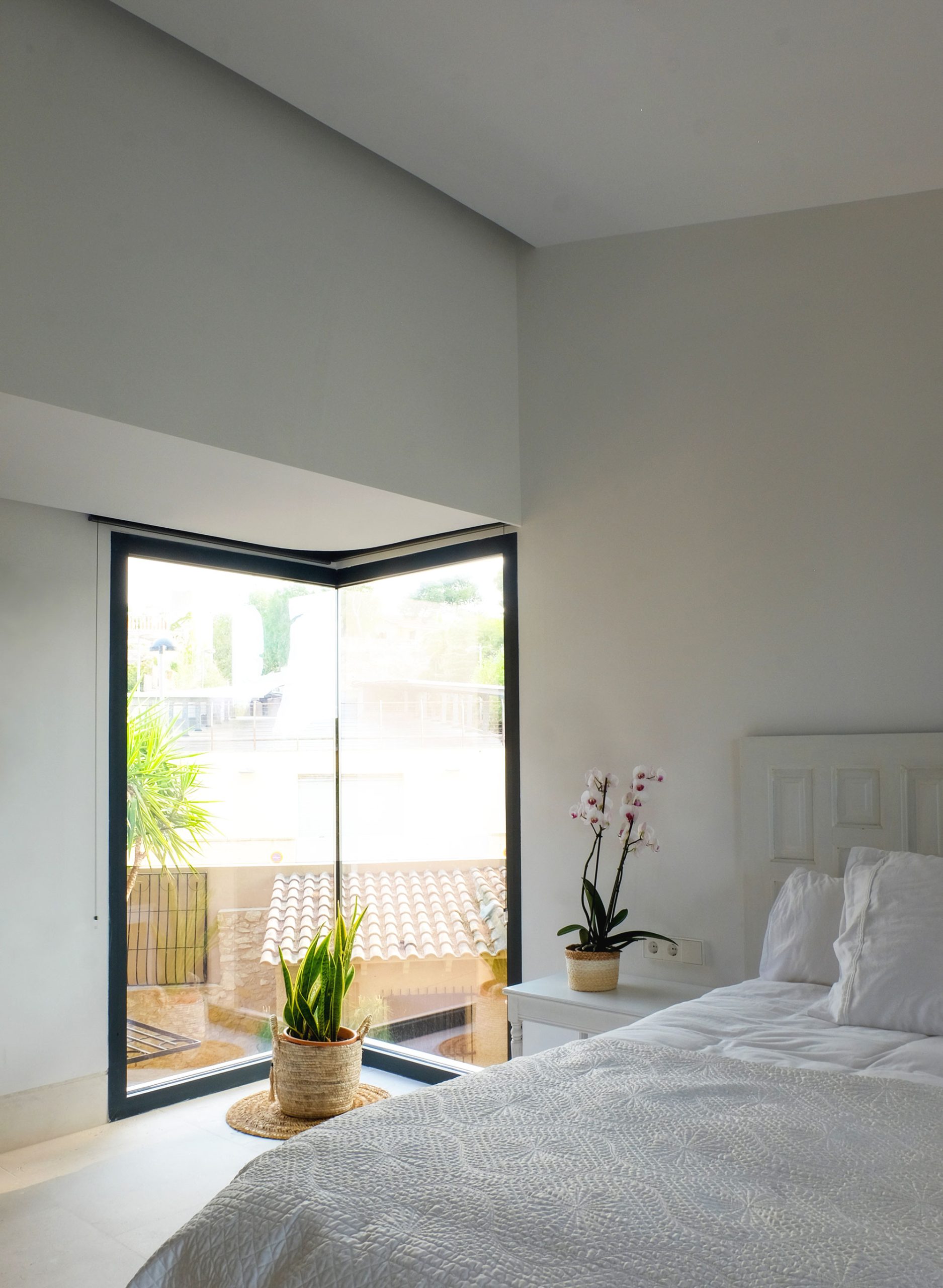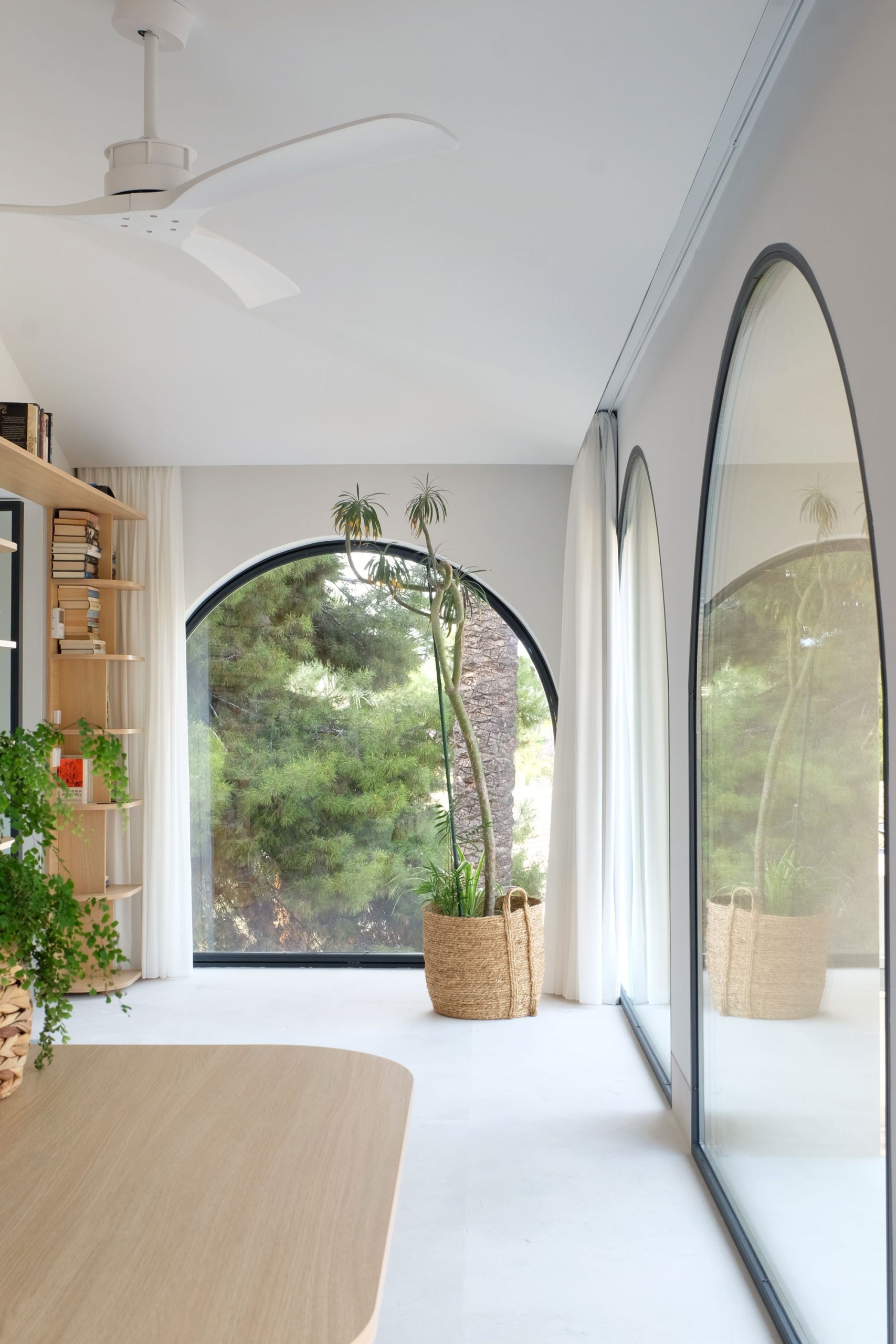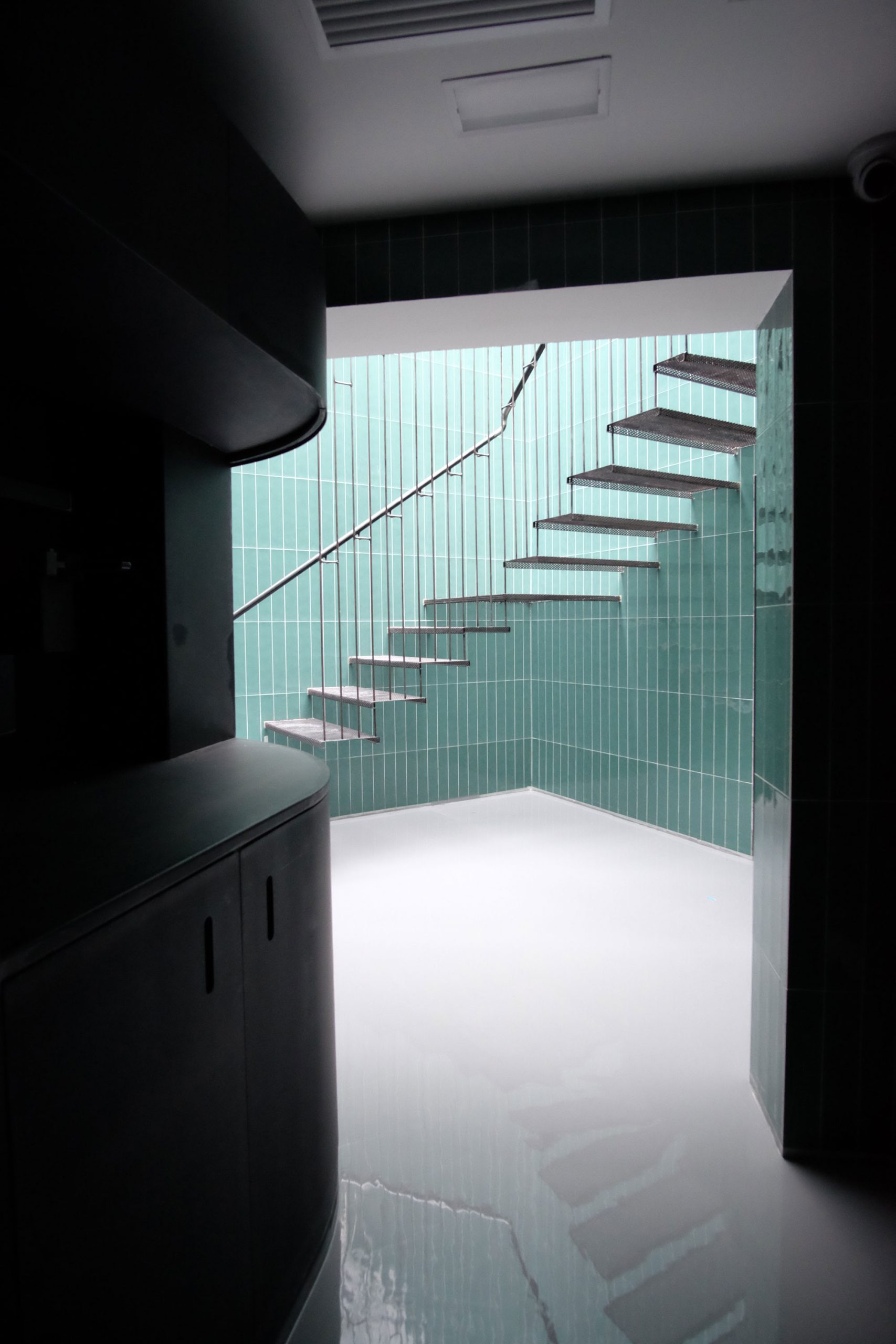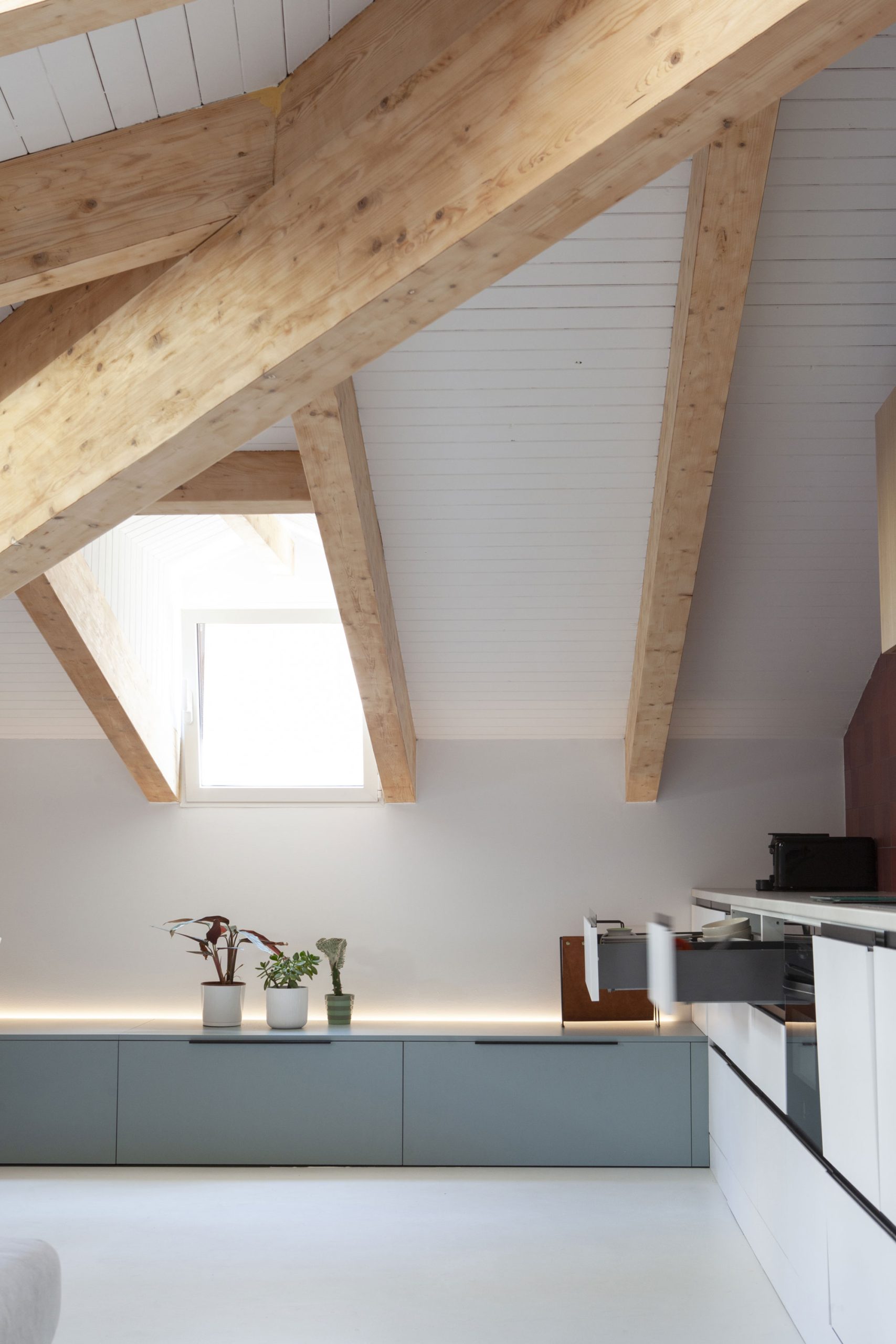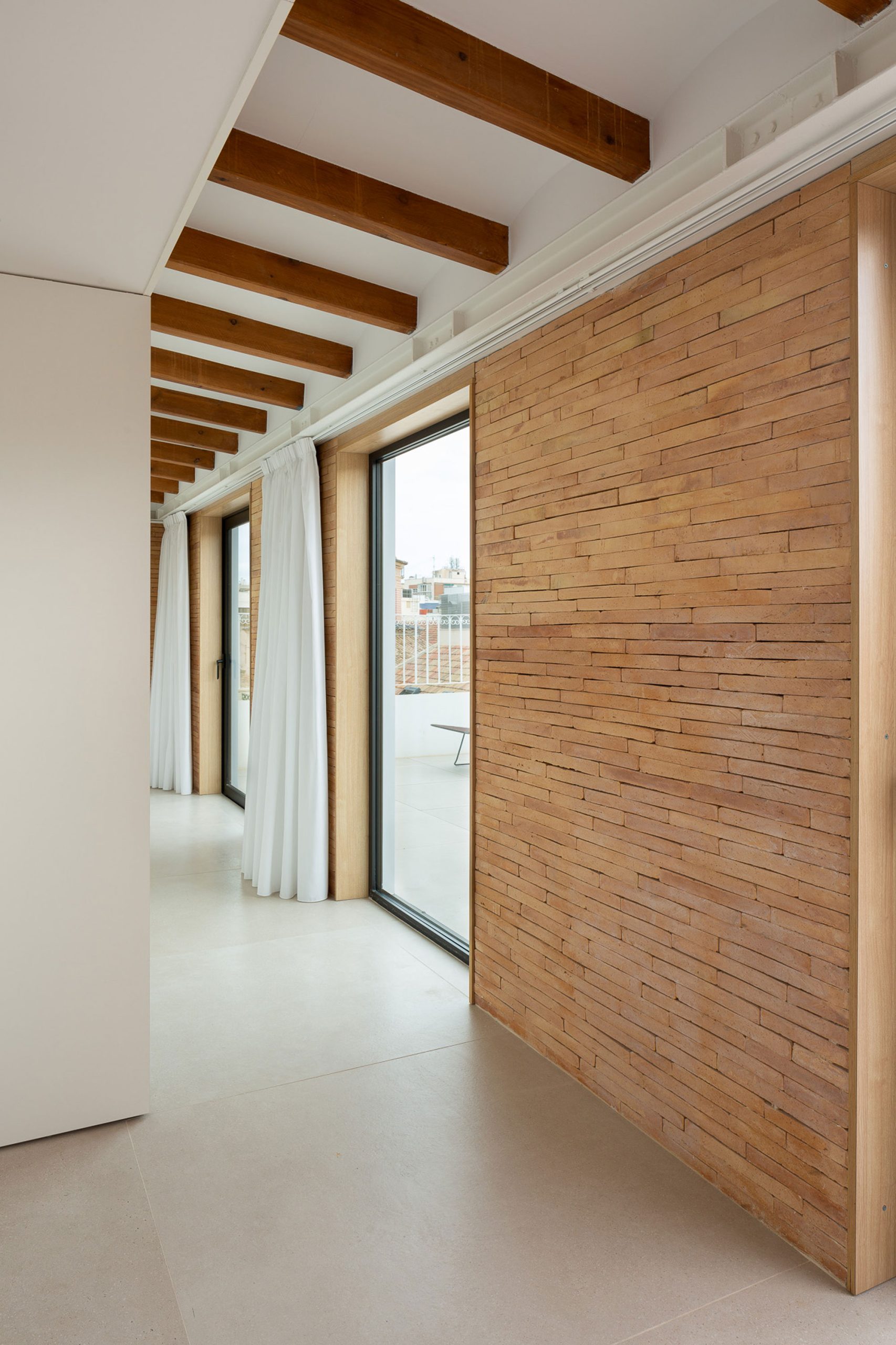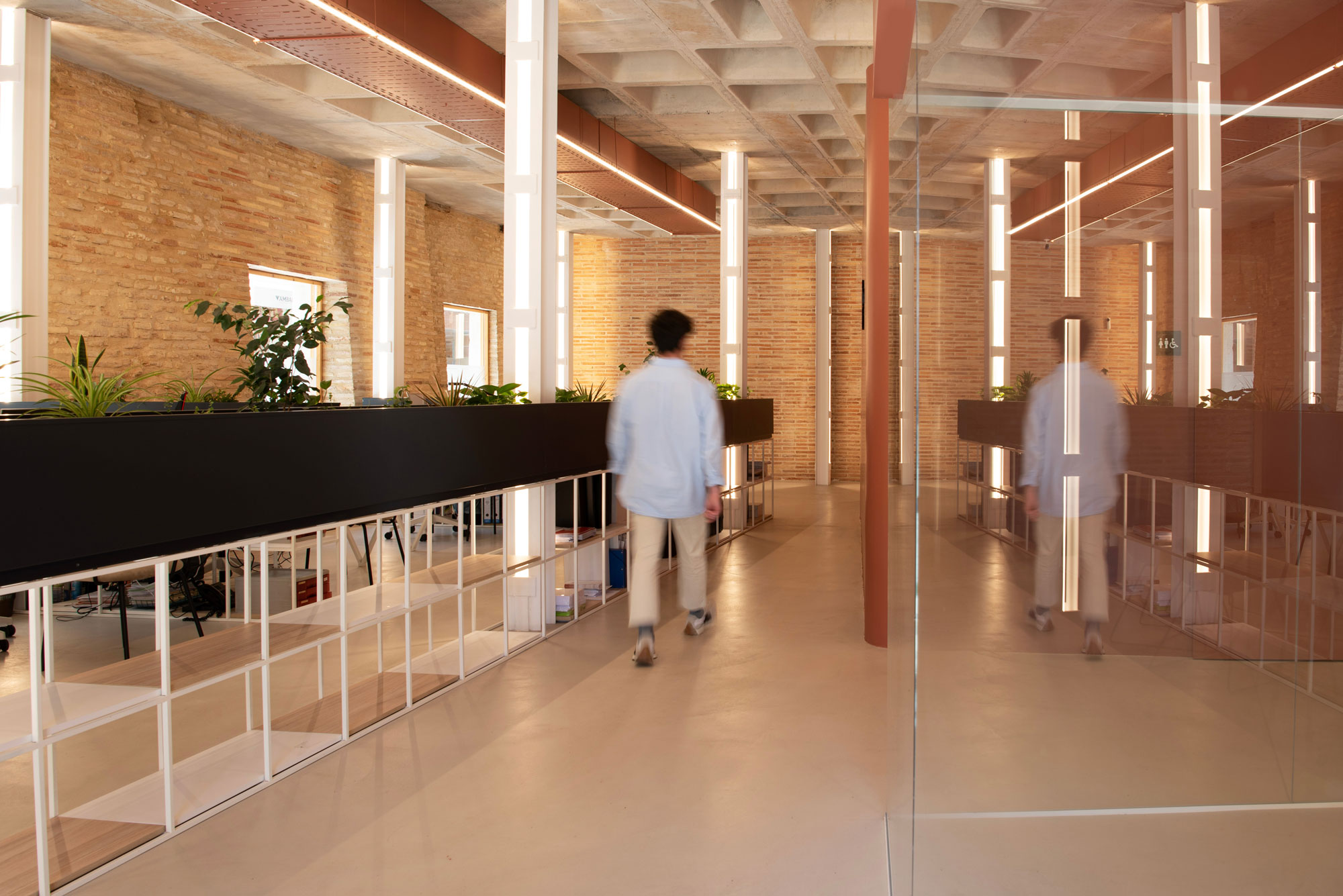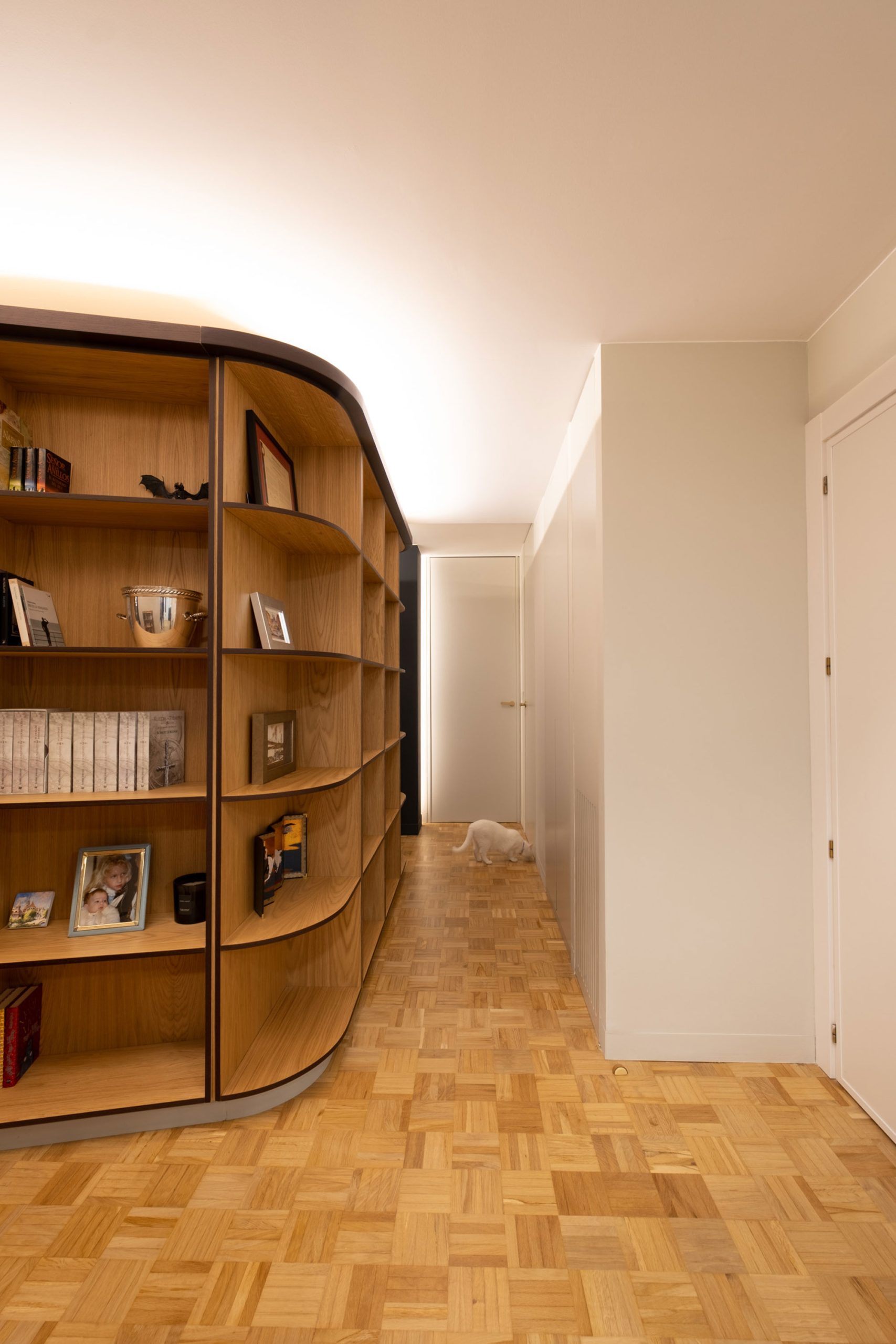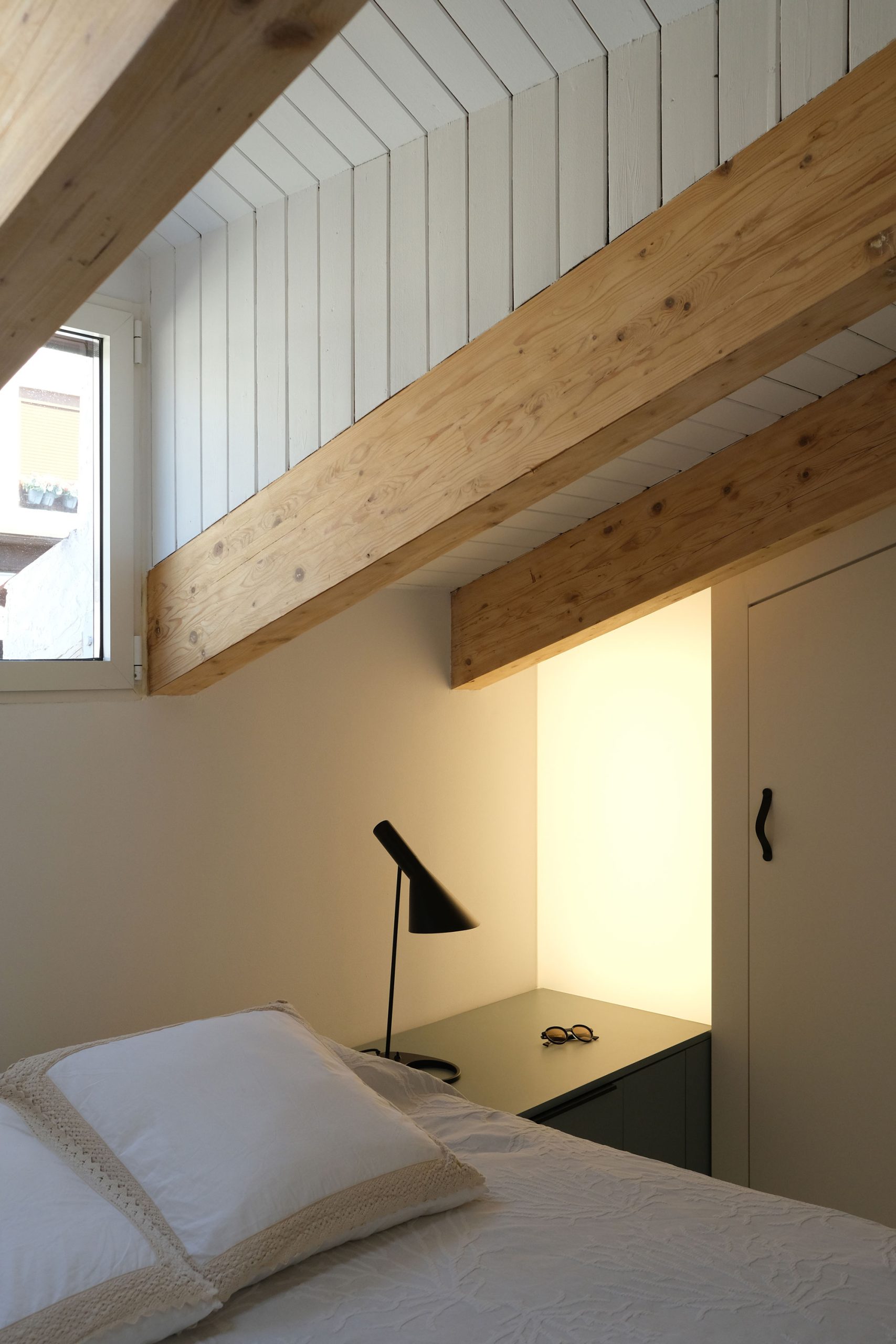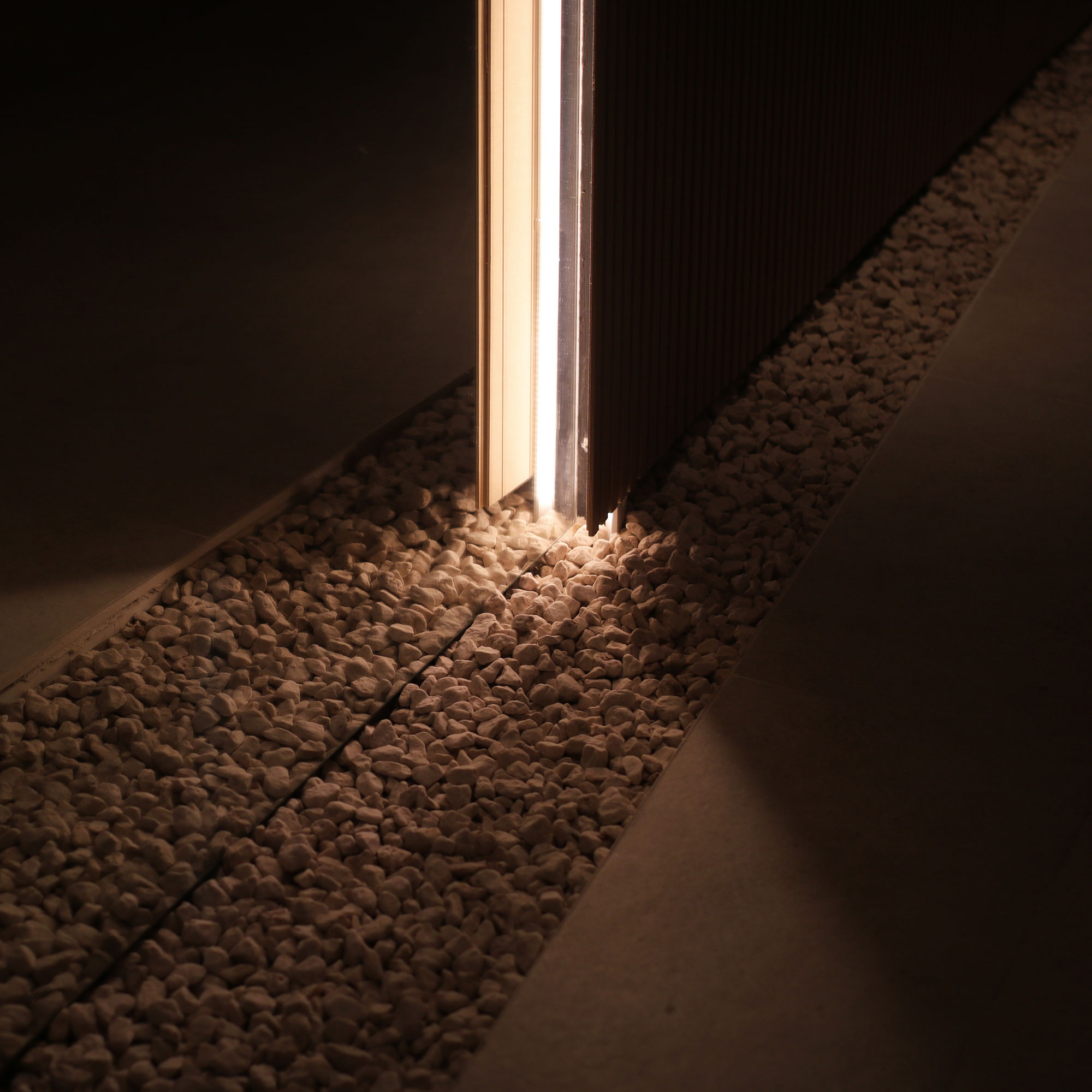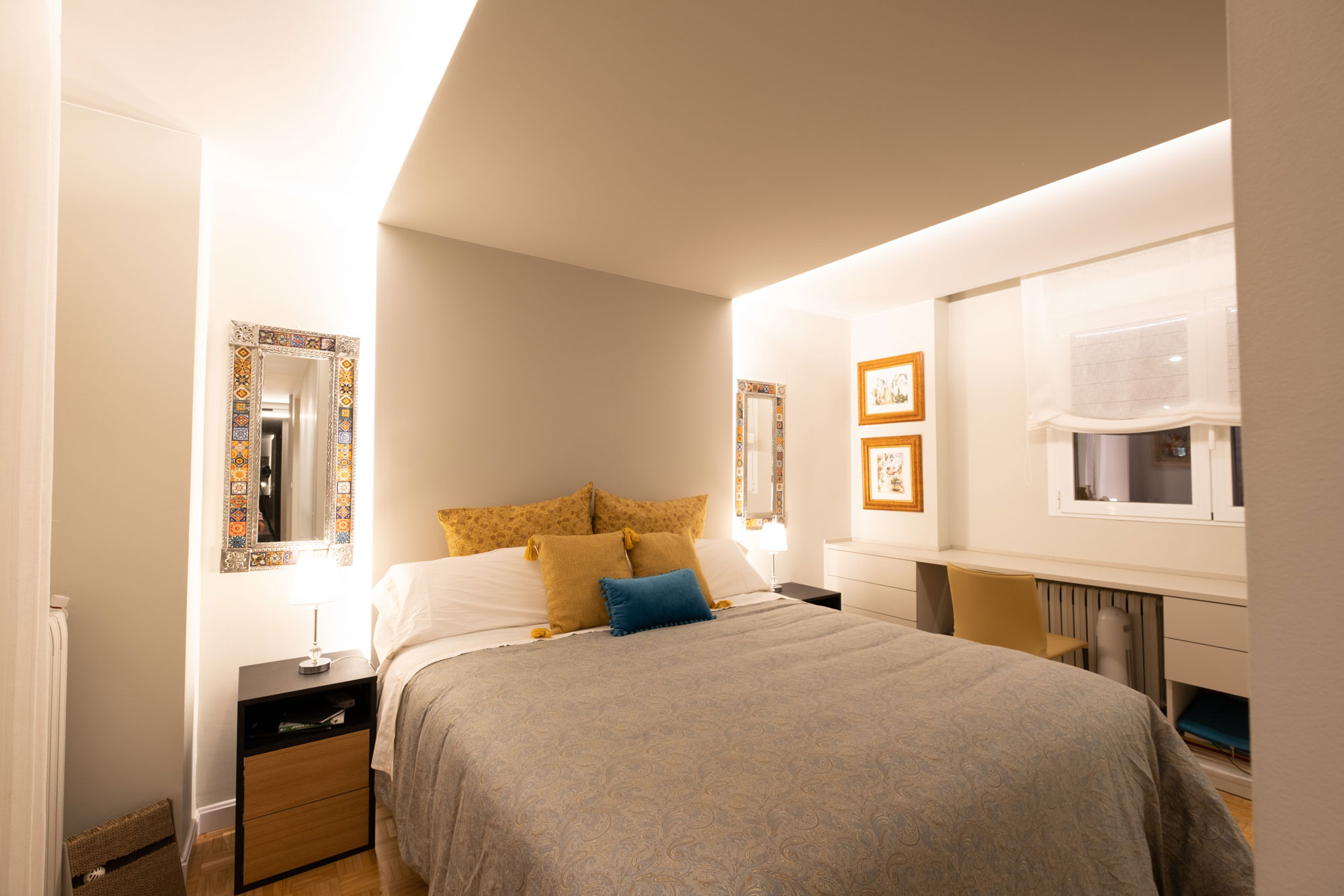The great importance of natural and artificial lighting
From the beginning of architecture, lighting plays a very important role and leads to the creation of different environments. From the first dark caves to the most modern dwellings, it has been essential to seek illumination through various methods, both natural and artificial. From the domestication of fire as a light source to the most current and efficient LEDs commonly used in every interior design project.
To create these environments, natural light can be introduced into the interior in various ways, so that each architectural space can be endowed with different characteristics. The most common way is usually through doors, windows or glass panels on the facade; however, we find great opportunities in the upper floors of buildings, placing skylights, skylights or lesser known solar tubes.
A widely used resource in the design and construction of new housing is to introduce interior courtyards of greater or lesser size depending on the needs, materializing in housing courtyards or block courtyards. In this way, we get rooms that initially could only have artificial light, have the opportunity to take advantage of sunlight if it is convenient.
Often, even if the project includes strategies to provide natural light, it needs additional light, resulting in spaces that need artificial light. In these cases, the combination of both types is essential for the creation of pleasant and cozy environments that fit the specific uses of the design of renovation, rehabilitation or new construction.
Artificial light in any project must be adapted to the time of the day for which its presence is intended; it is convenient to know the properties that this element will contribute to the space, such as its intensity, tone, color or direction, among others.
As it has been observed, in Cronotopos the treatment of lighting is very important in all types of spaces, from the most common to the most intimate. Our disparate location between Zaragoza and Alicante in Spain and Puebla in Mexico means that in our projects natural light is considered as a variable in each new approach, taking into account the latitude of the future construction. This special care of natural and artificial light has shown us the capacity and influence they have to create sensitive spaces for each of the people who enjoy them.
Written by Lucía Sesé, published by Cronotopos.

